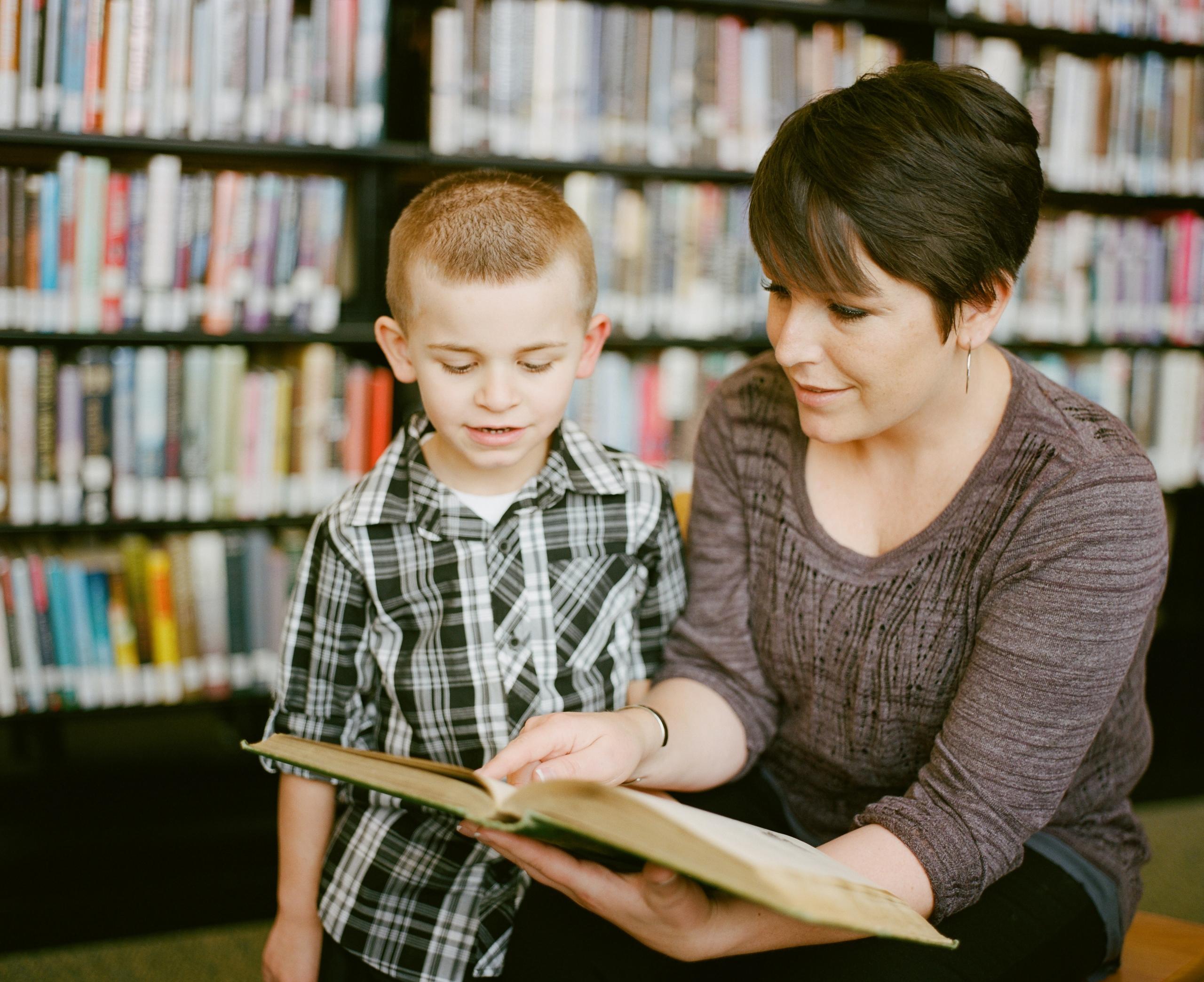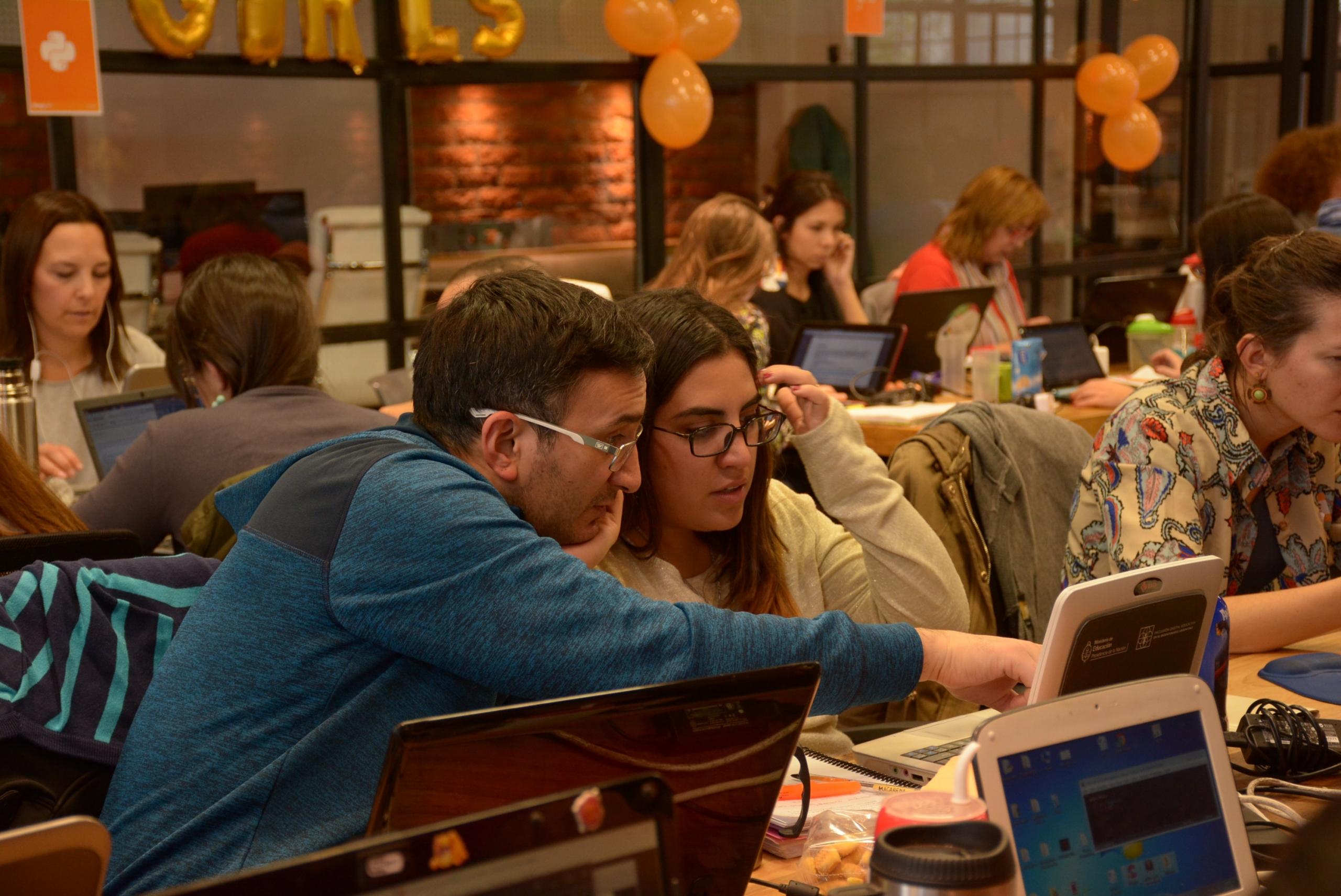Being a Spanish teacher can require a lot of preparation both as a teacher and as a Spanish speaker. If you lived abroad for one year in Barcelona, Spain, you're probably not the perfect candidate to become a tutor. However, if you study for years, over time, you'll be ready to become a Spanish tutor.
Before you start planning your lessons, you need to decide what type of teacher and methodologies you want to use. Below, you will find a quick list of the most common and popular teaching methodologies:
- Student-centered — this is a modern approach to teaching which differs from the common teacher-centered method —where the teacher is at the center of the class and always requires students' attention during lectures. This method is about letting the students have an active role during each lesson and allowing them to give reviews about the teachers.
- Project-based learning — as the name suggests, this method is project-based. This means that the teacher has to come up with projects for students to develop throughout the course. In language classes, this can help them practice their speaking skills, help them grow their vocabulary, or perfect their grammar skills.
- Montessori — based on the system created by Maria Montessori, this method is all about allowing students to have their learning paths and not following one single curriculum or rigid class schedule. Teachers working with the Montessori method usually have to come up with more than one activity per class and allow the students to pick which lesson or activity they wish to complete during the class. This way, students are the ones to take charge and responsibility for their education.
- Personalized education — this is the method used mostly by tutors because they hold each of their lessons with a one-on-one modality where the tutor pays attention only to one single student. The activities in this modality tend to be simpler and designed to be solved by one single person. There are a lot of reading exercises and so on.

In this article, you'll learn about preparing Spanish lessons for different age groups, grade levels, and special needs. If you want to know more about how to become a Spanish tutor continue reading.

Preparing Spanish lessons
Teaching Spanish can seem like an easy task but it can be the opposite. Teaching a language is very challenging, especially if you're teaching to someone that's never had a language class before, or doesn't speak any other languages.
If you want to teach Spanish you have to prepare each of your lessons with intent because this will help your students progress, and then they'll give you great reviews for being a great tutor.
The way you organize each lesson with intent is by first analyzing the strengths and weaknesses of each of your students. As a tutor, you are there to help them study, learn, and progress in a given subject, so it is your job to guide and support them through the process.
You have to pay attention to the way they learn and study and start making time during the day to plan the classes according to their strengths. If they are good with learning vocabulary or understanding grammar, then you shouldn't spend as much time making them practice or giving them vocabulary and grammar activities.
If you notice they have a hard time taking exams or speaking in Spanish, then you can prepare a bunch of classes for a couple of weeks where they get to practice speaking and test-taking. You can have them take a couple of exams and improve their confidence level with exams and test-taking.
Learning to speak a new language requires an intensive course where the student gets to go from a beginner level to an advanced level. Keep in mind that these courses take time and you won't be able to see progress in one week or a couple of weeks of hard work.

What are the qualifications needed to become a Spanish tutor in the US?
Preparing Spanish lessons according to age
Teaching a new language to someone depends a lot on that person's background, age, knowledge, and more. One of the most significant factors is someone's age.
Imagine a 25-year-old hires you to teach them Spanish and they've never had any sort of language lesson in the past (whether that is in school, private lessons, or online courses). The lesson plan and activities will be completely different than if you had to teach or prepare a course for a 10-year-old who has Latino parents.
Someone's age plays an important role when it comes to creating a lesson plan and you should use it as a guideline that will help you figure out how to design each activity, exam, or test.
If you are teaching Spanish to little kids then you could find a kid's book with illustrations both in English and Spanish. If you are working with teenagers, you could come up with fun games and brain teasers that will make them push their limits.
If you are teaching young adults, the course preparation can be completely different because you know they are serious about learning the language.
Keep in mind that you can always search for tools and resources online that can help you prepare your language courses according to your student's age.
Preparing Spanish lessons according to experience and level

Once you figure out what age group you want and are prepared to teach to, you can also look into the levels of experience you're interested in teaching to.
You can teach at a beginner level to kids in elementary school or you can teach at beginner level to teenagers in middle school or high school. Age is an important factor, but the level is as important.
You cannot prepare the same lesson for a kid who has parents who are Spanish native speakers and is used to hearing Spanish in the house and for a kid whose parents are both English native speakers and have never heard a word in Spanish. Even though both kids belong to the same age group, they are at completely different levels.
Figuring out which language book to assign has to do both with age and level!
As a private tutor, you can also decide that you want to teach strictly at a certain level or to a certain age group. You can search for students who have 15 years old and want to learn Spanish from scratch and build a niche in that community.
This way you can get reviews from previous clients and show prospective clients what exactly you are capable of. People tend to trust tutors who have specialties more than tutors who work at all levels and with every age group.
Learn about the average rate of Spanish lessons in the US and know how much to charge per class.
Preparing Spanish lessons according to every person's needs
Finally, as a tutor, other than paying attention to levels, experience, and age, you should pay attention to each person's needs.
Their needs could be anything from the reason why they are pursuing preparation in Spanish, to their learning needs and abilities.

For instance, you can get someone who wishes to learn the language because they want to go live and study abroad in Barcelona or any other city in Spain or Latin America. If they wish to pursue their degree in a Spanish-speaking country, then you need to prepare the lessons to a higher and more intensive level.
However, if you have someone who wishes to go to Barcelona only for the summer vacation, then the lessons should be more centered on how to get by a normal Monday morning in Spain. Teach them basic things like how to understand public transportation, restaurant menus, and so on.
Other kinds of needs involve learning abilities and disabilities. You could encounter a client who wants you to teach Spanish to their kid with ADHD who is having a hard time in school. If you don't have the necessary preparation to teach someone with ADHD you should search for certification or pass on the job opportunity.
Don't forget that teaching is not linear and every person is different, which means that as a tutor you have to learn how to adapt to different teaching styles, environments, and more.















